Catnip Propagation Methods – Tips For Growing New Catnip Herb Plants
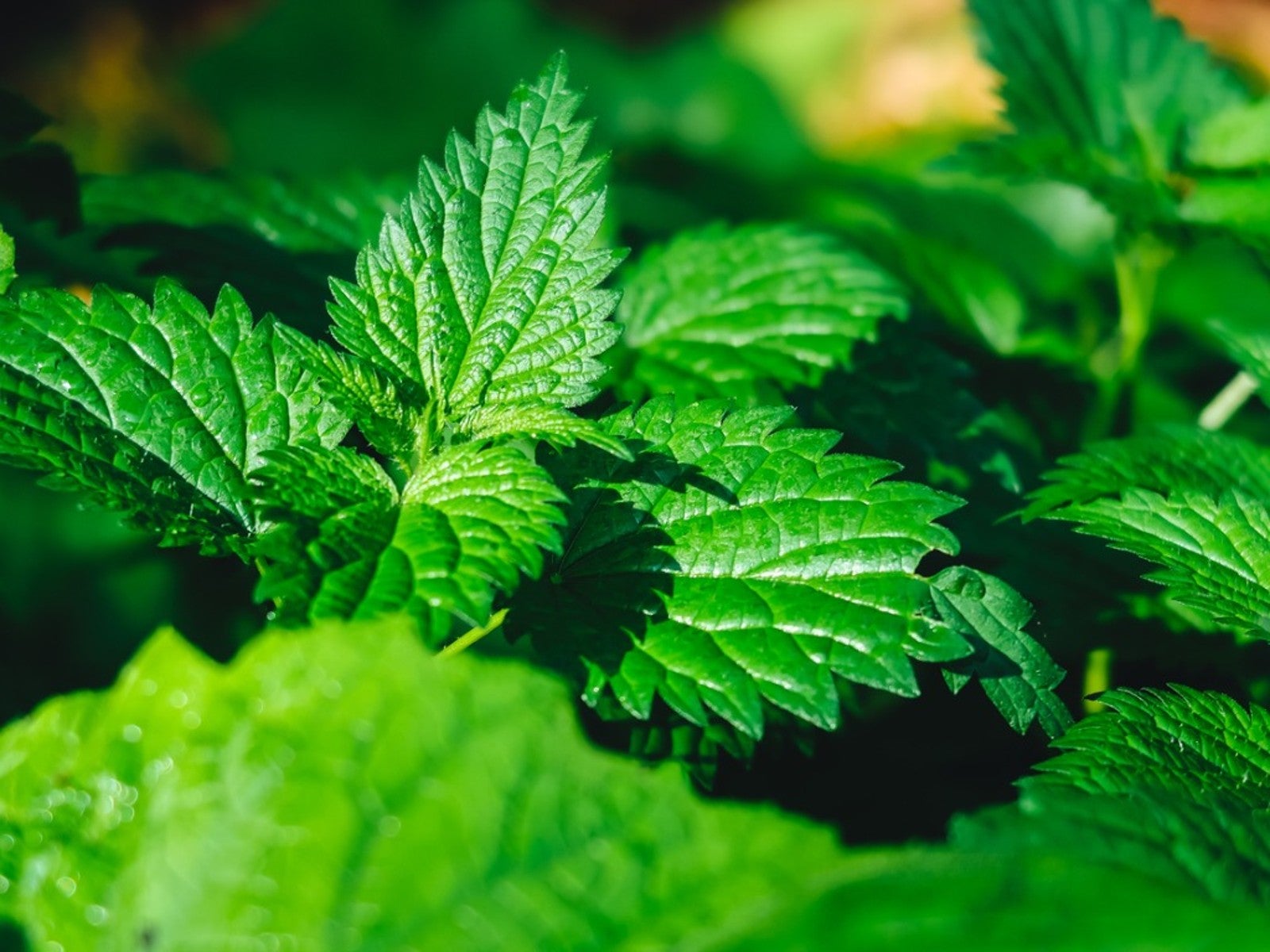
Does kitty love her catnip toys? Well then, perhaps you should grow your own catnip herb plants. Don’t know how to propagate catnip? Growing new catnip is easy. Read on to find out about catnip propagation.
About Catnip Herb Plants
Catnip, Nepeta cataria, is an herbaceous perennial that is native to Eurasia but has become widely naturalized in temperate areas of the world. It is hardy to USDA zones 3-9 and hails from the mint, Lamiaceae, family. Catnip contains high levels of terpenoid nepetalactone in its essential oil. This is the stuff that drives kitty wild. Humans are generally not as receptive to the oil, or at least to its aroma, and variously describe it as a combination of thyme and oregano, or downright skunky. It does, however, have some useful attributes other than entertaining the cat. It has been found to be an effective natural insect repellent, specifically for mosquitoes, and can be used either fresh or dried to brew herbal tea. Catnip grows to around 3-4 feet (about a meter) in height with light green, downy foliage accompanied by tiny lavender blooms that grow on spikes.
How to Propagate Catnip
Catnip propagation can be accomplished in a few ways. Of course, there is propagation via catnip seed planting, but also by stem cuttings and division.
Seeds
To propagate via seed, either purchase seed or harvest from dried flower stalks on an existing plant. Sow seed in the late fall or early in the spring in well-draining moderately rich loam. Lightly cover them with soil. When they are tall enough, thin them so they are a 12-18 inches (30-46 cm.) apart. Seed planting can occur indoors as well and then transplanted outdoors after all chance of frost has passed for your region.
Division
Of course, if you have existing catnip herb plants, the easiest method of propagation is to divide the roots. Dig up the plant, shake off the excess dirt, and then use sharp shears or a hori hori to cut through the plant to divide it. Replant the separate sections and, voila, you are easily growing new catnip plants.
Cuttings
The last method of catnip propagation is to take a cutting of new growth early in the growing season. Plant the cutting in a pot of sterile soil and keep it moist and in filtered light until new growth appears. If you want to expedite growth, dip the cutting in some growth hormone prior to planting it.
Gardening tips, videos, info and more delivered right to your inbox!
Sign up for the Gardening Know How newsletter today and receive a free copy of our e-book "How to Grow Delicious Tomatoes".

Amy Grant has been gardening for 30 years and writing for 15. A professional chef and caterer, Amy's area of expertise is culinary gardening.
-
 Looking For Plants To Give You The Soft And Fuzzies? Try These 5 Fuzzy Leaf Plant Options
Looking For Plants To Give You The Soft And Fuzzies? Try These 5 Fuzzy Leaf Plant OptionsLovers of texture, drama, silver foliage and tactile plants will adore these special sensory garden additions. These fuzzy leaf plant options will leave you all aglow
By Susan Albert
-
 Get Ready For A Summer Of Hummers! Grow These Full Sun Hummingbird Plants and Flowers
Get Ready For A Summer Of Hummers! Grow These Full Sun Hummingbird Plants and FlowersIf you’re lucky enough to enjoy a sunny backyard, make sure you are maxing out on your pollinator opportunities and grow these full sun hummingbird plants and flowers
By Tonya Barnett
-
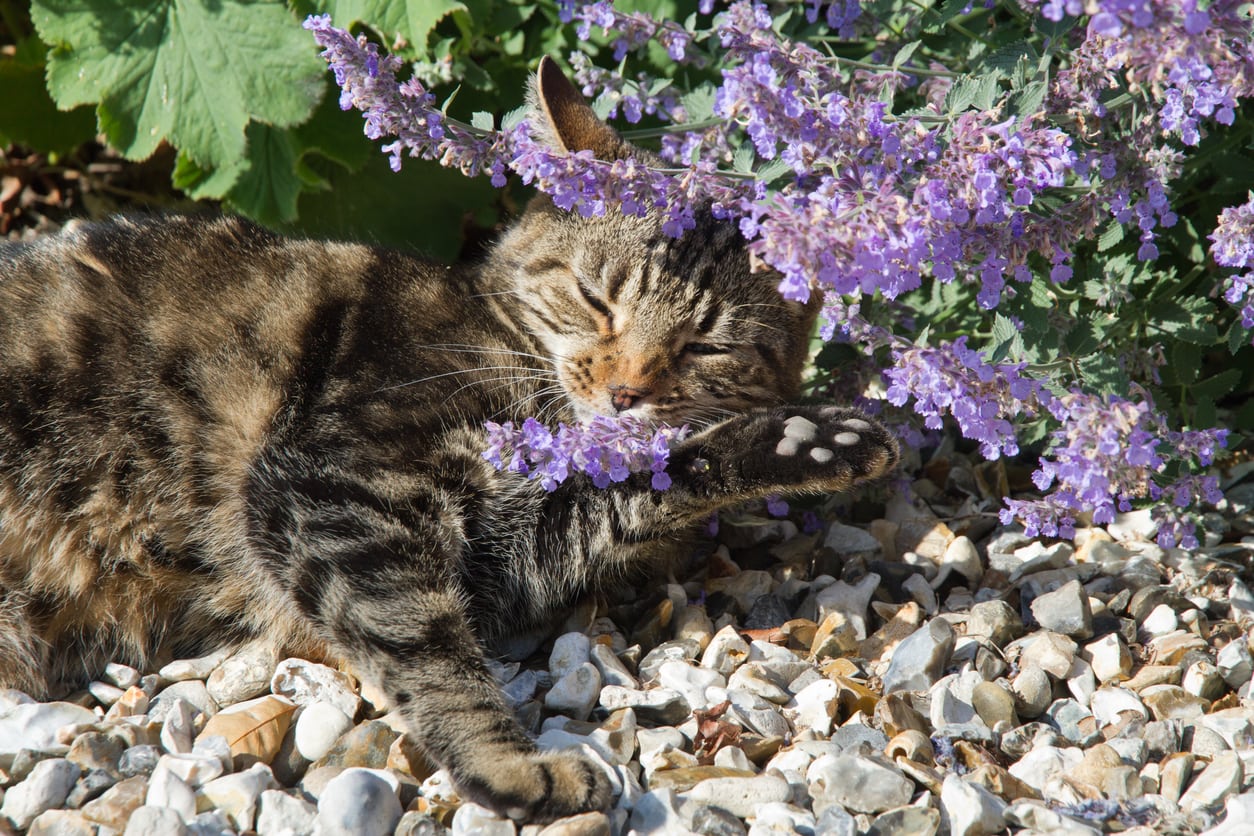 Catnip Winter Care – Is Catnip Winter Hardy
Catnip Winter Care – Is Catnip Winter HardyEven if you don’t have cats, catnip is a perennial herb that is easy to grow and attracts bees and other pollinators. You can even make a tasty and stomach-soothing tea from it. Depending on where you live, winter can be a little harsh on your catnip, so learn how to protect it here.
By Mary Ellen Ellis
-
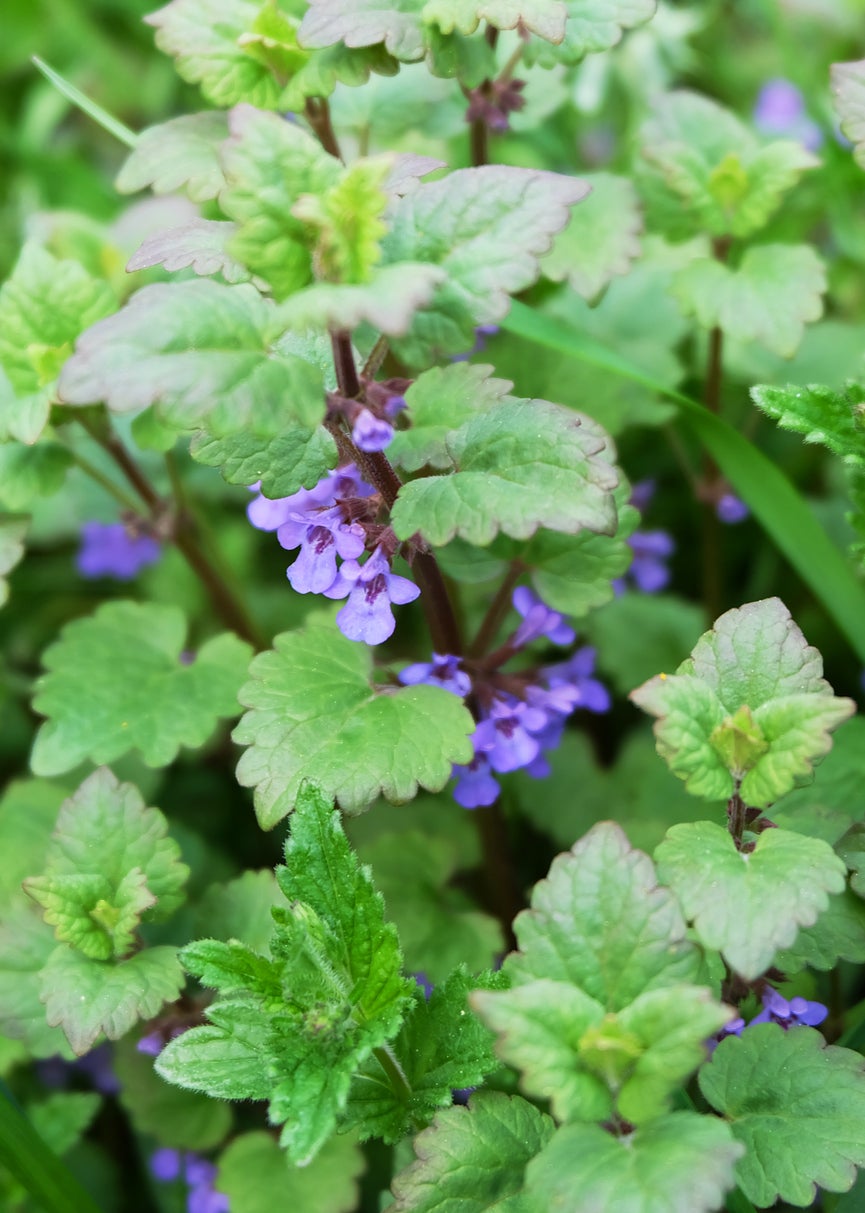 Cutting Back Catnip: Should I Prune Catnip Plants
Cutting Back Catnip: Should I Prune Catnip PlantsCatnip is a no-fuss, easy-to-grow member of the mint family that requires little maintenance. What about pruning catnip plants though? Is cutting back catnip necessary? Click here to find out about pruning catnip plants and, if need be, how to prune catnip.
By Amy Grant
-
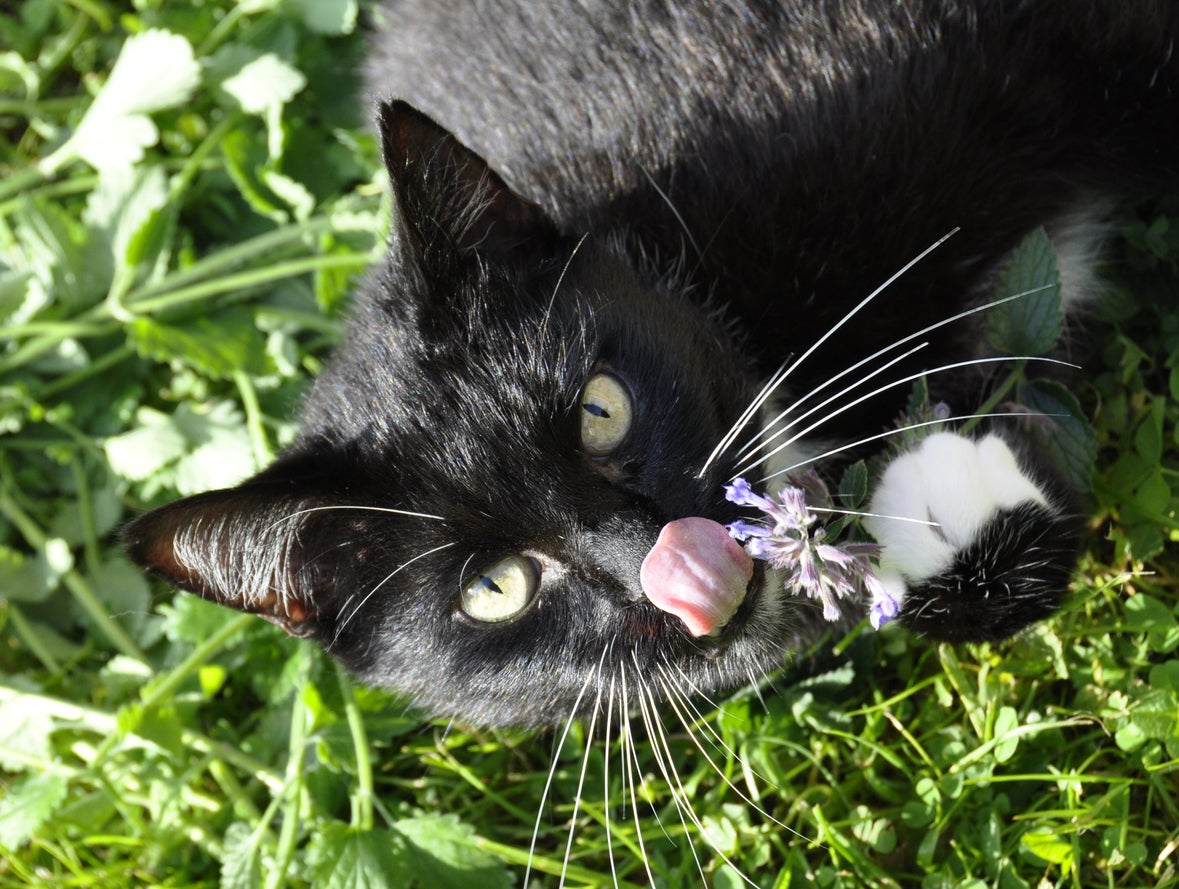 Planting Catnip For Cats: How To Grow Catnip For Cat Use
Planting Catnip For Cats: How To Grow Catnip For Cat UseIf you have cats, then you are more than likely to have given them catnip or have toys for them that contain catnip. As much as your cat appreciates this, he/she would love you even more if you provided them with fresh catnip. Learn about planting catnip for cats here.
By Amy Grant
-
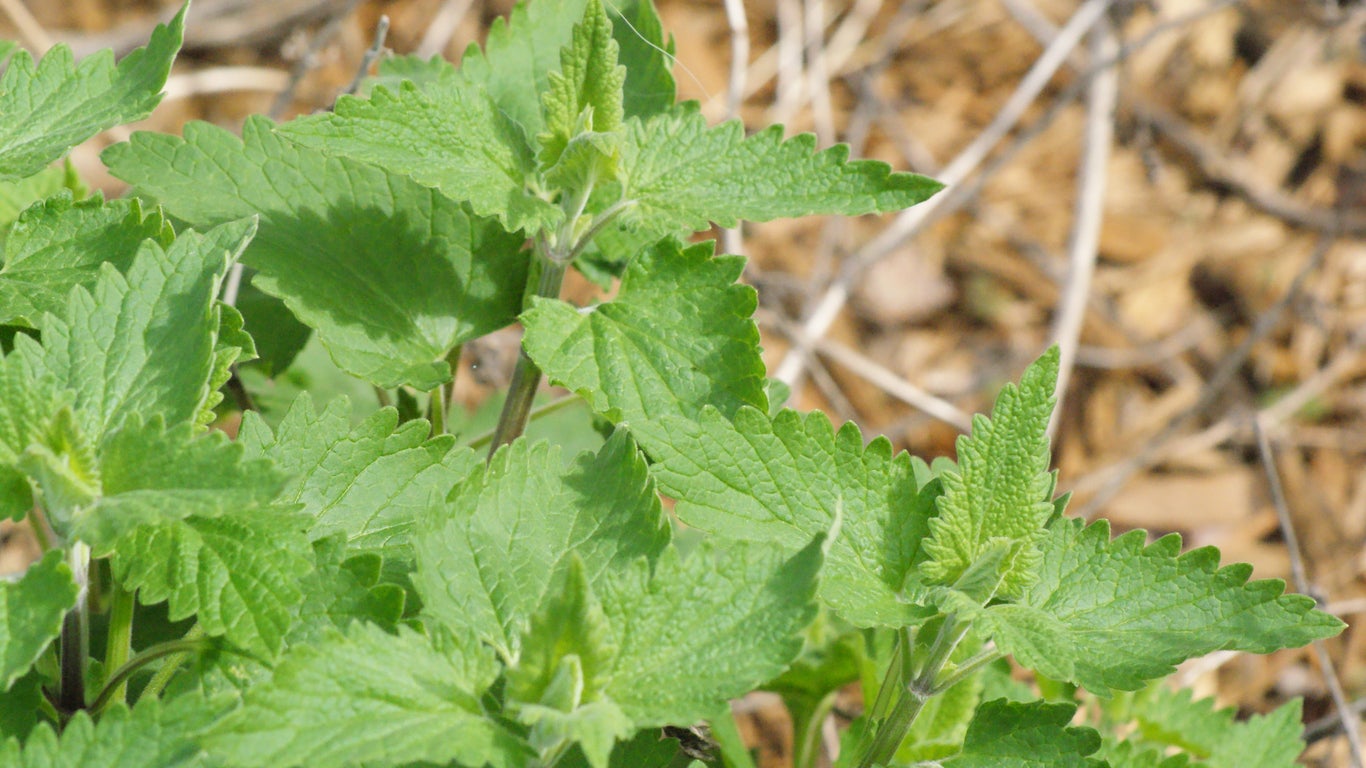 Treating Catnip Diseases – How To Manage Problems With Catnip
Treating Catnip Diseases – How To Manage Problems With CatnipThere are few issues that will seriously affect the plant's health. They take quite a lot of abuse from overly interested neighborhood felines. However, if your plant looks sick, fungal issues are probably the most common diseases of catnip. Learn more here.
By Bonnie L. Grant
-
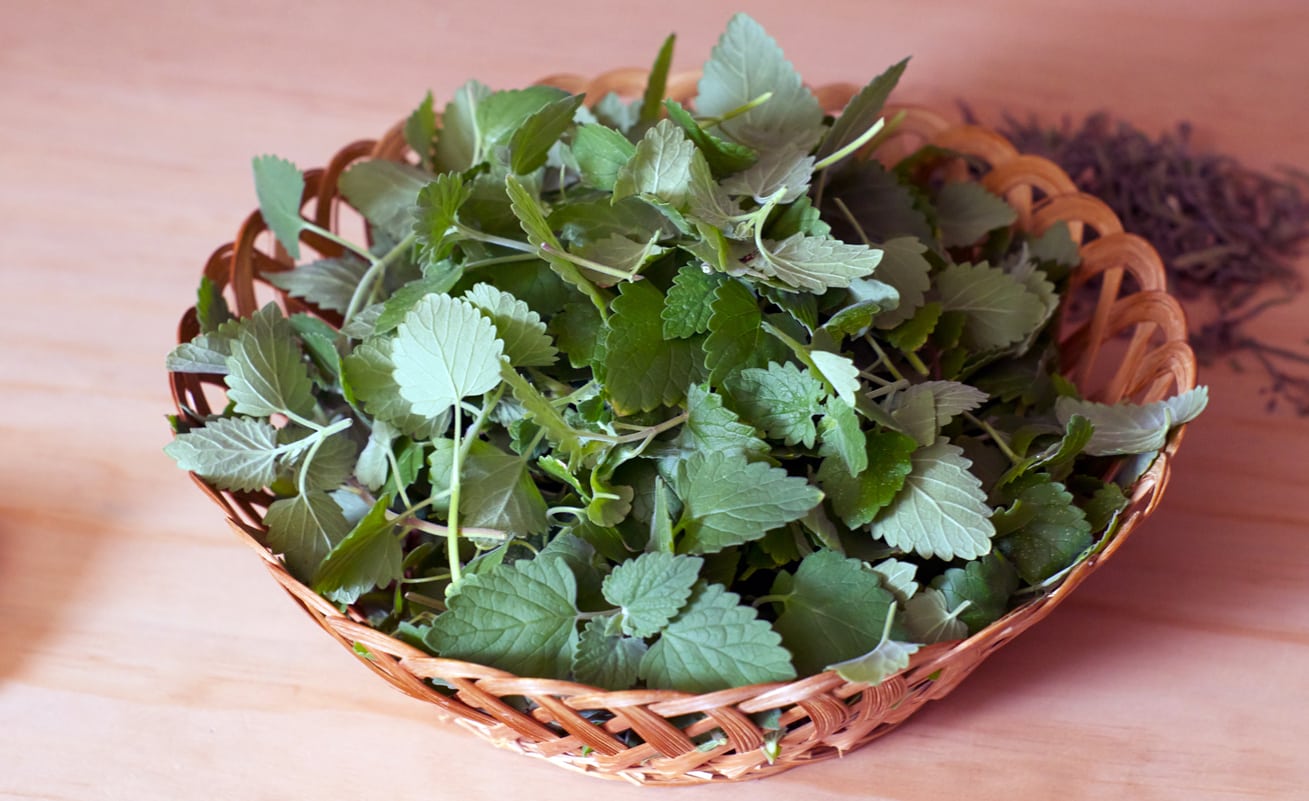 What Is Catnip For: Learn About Various Uses For Catnip
What Is Catnip For: Learn About Various Uses For CatnipThe name says it all, or almost all. Catnip is a common herb that you can cultivate in the garden but that also grows wild. Knowing how to use catnip means you can put this plentiful herb to good use for both you and your feline friends. Learn more in this article.
By Mary Ellen Ellis
-
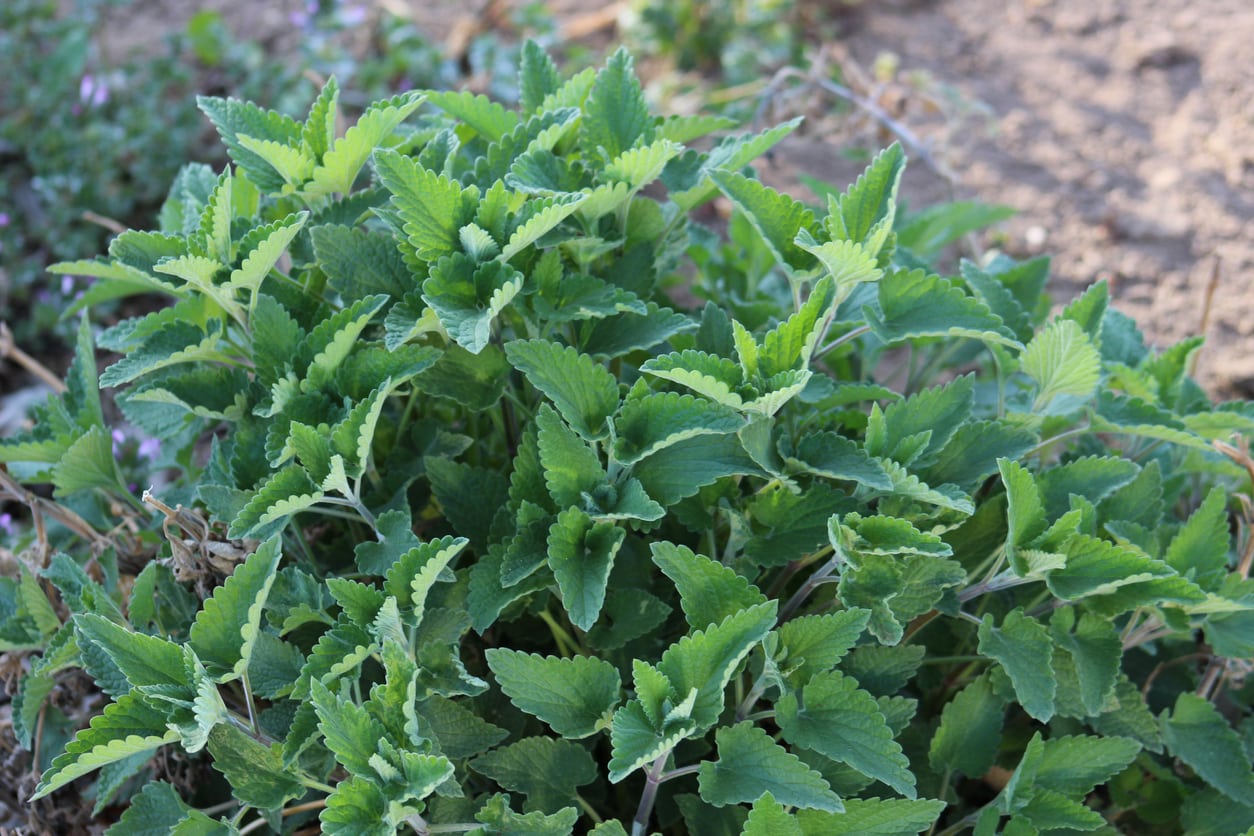 Catnip Plant Varieties: Growing Different Species Of Nepeta
Catnip Plant Varieties: Growing Different Species Of NepetaCatnip is a member of the mint family. There are several types of catnip, each easy to grow, vigorous and attractive. Learn more about the various types of catnip plants that you can add to your garden here in this article.
By Bonnie L. Grant
-
 Dogs And Catnip – Is Catnip Bad For Dogs
Dogs And Catnip – Is Catnip Bad For DogsCats and dogs are opposite in so many ways that it is no surprise that they react differently to catnip. While cats delight in the herb, rolling in it and becoming almost giddy, dogs do not. So is catnip bad for dogs? Can dogs eat catnip? Find out in this article.
By Teo Spengler
-
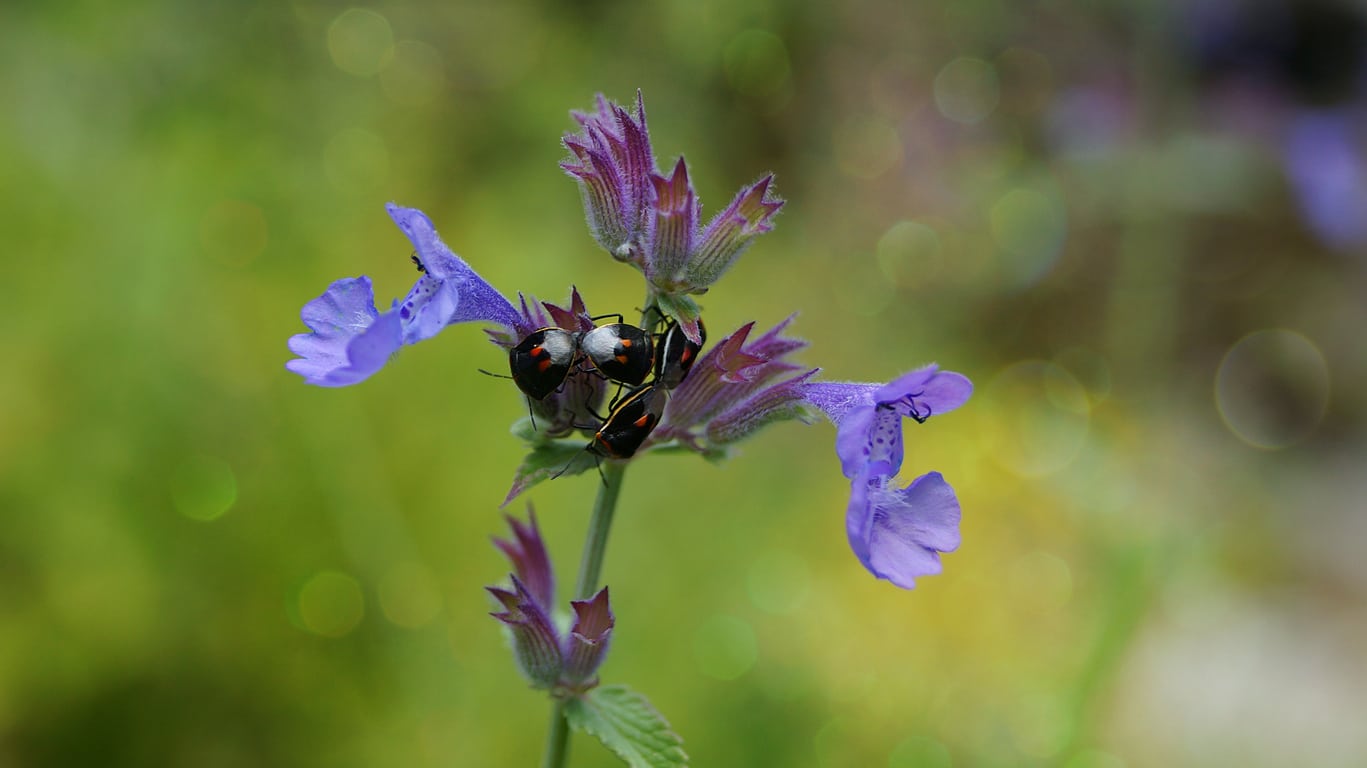 Catnip And Insects – How To Fight Catnip Pests In The Garden
Catnip And Insects – How To Fight Catnip Pests In The GardenThe plants are generally trouble-free, and when it comes to catnip, pest problems generally aren’t much of a problem. Click on this article for information on a few common catnip plant pests, along with some helpful tips on catnip as a pest repellent.
By Mary H. Dyer